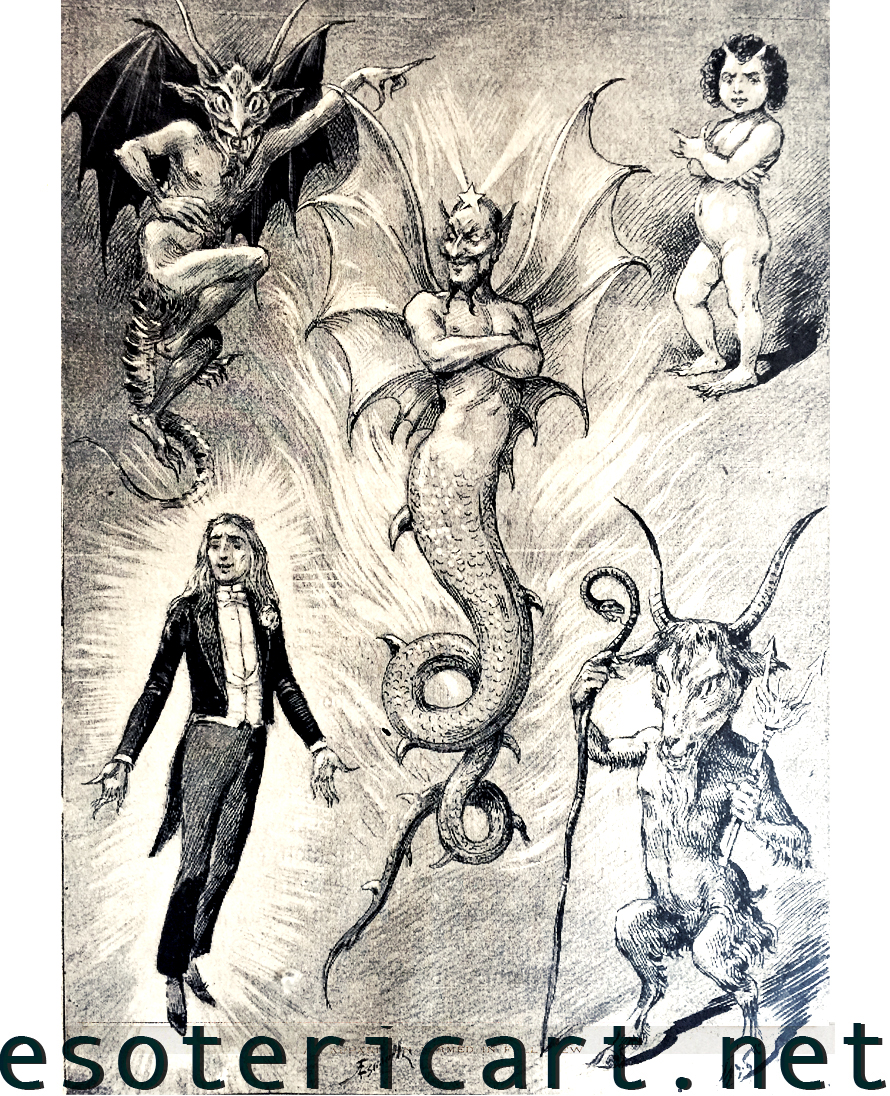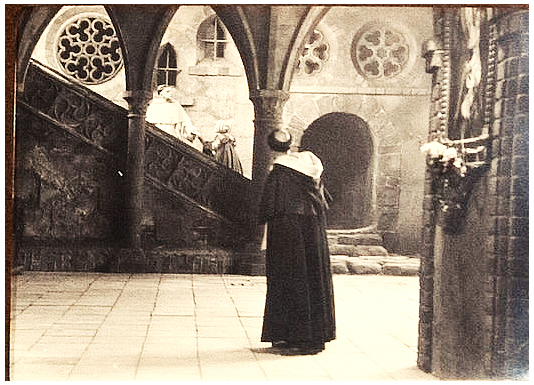|
I II III IIII IIIII IIIIII IIIIIII IIIIIIII IIIIIIIII IIIIIIIIII IIIIIIIIIII IIIIIIIIIIII lllllllllllll IIIIIIIIIIIIII IIIIIIIIIIIIIII IIIIIIIIIIIIIIII IIIIIIIIIIIIIIII IIIIIIIIIIIIIIII IIIIIIIIIIIIIIIII IIIIIIIIIIIIIIIIII IIIIIIIIIIIIIIIIIII |
HAXAN lobby Cards. c. 1922 Lobby cards used in theatres to promoto the film "Häxan: Witchcraft Through the Age"s (1922)
'Häxan', often going under the translated title, 'Witchcraft through the Ages' is a gloriously bizarre film from the early days of cinema which documents the history of witch-cults in the Middle Ages and the church-led inquisitions that hunted them. What's more, the film scandalised audiences at the time with its virulently anti-Church stance and overt suggestion that the superstition which led to the persecution of witches is alive and well today but just in a more respectable guise. The film begins soberly enough with a pseudo-scholarly presentation introducing a variety of paintings and medieval wood-cuts of the Devil presiding over Black Sabbaths and the like, where witches were believed to gather and worship their infernal master. Before long, we are introduced to glutinous and repulsive men of the cloth who, in the dramatised sequences, persecute and torture women accused of witchcraft which they justify with their contorted religious ideology. However, while it is certainly a tragic tale which is being told, these lascivious and diabolic confessions provide the highlights of the movie as Christensen is able to bring them to life using a range of camera effects to produce a stunning and delirious phantasmagoria brimming with the kind of demonic imagery favoured by the likes of Church-sponsored artists like Hieronymous Bosch. Indeed, the film holds nothing back both in its depiction of the Devil ravishing women in their beds, witches kissing the Devil's backside, trampling on the cross, and wild perverse revelries where unchristened children are feasted upon. Furthermore, the accusing finger the film points at the monks who, guilt-racked and hypocritical, perpetrated such horrors on innocent women is unrelenting and rightfully indignant. At the end of the film it suggests that the (then) modern-day phenomenon of hysteria (from the Greek for "womb" and commonly attributed to women's wombs becoming dislocated and floating round the body) is an updated version of medieval witches. Although far from an expert, I think this carries some weight as hysteria has been attributed to social pressures put on women to repress themselves and their sexuality…something which was certainly abundant in the Middle Ages. We should also remember that, although hysteria as a phenomenon is all but extinct these days, it was common throughout the Victorian era and well into the 20th Century (and gave Freud a career) and the parallel the conclusion makes must have been a strange and unsettling one. Perhaps it is this depth of insight that has led to the film being re-released in the 1940s and again (in an abridged version) in the 1960s. However, the latter version has the inter-titles read by countercultural guru William Burroughs and is scored with a Jazz soundtrack. Although, I haven't seen it, I am reliably informed that it should be avoided. If it ain't broke… In conclusion, the film is unique in its ambitions, its content, and its style and is a testament to the skill, ingenuity, and integrity of Christensen himself. Unfortunately, a lot of Christensen's other films have been lost; however, "only" being known for a film with the stature of 'Häxan' is a cinematic fate far greater than many writers or directors will ever achieve.
I II III IIII IIIII IIIIII IIIIIII IIIIIIII IIIIIIIII IIIIIIIIII IIIIIIIIIII IIIIIIIIIIII lllllllllllll IIIIIIIIIIIIII IIIIIIIIIIIIIII IIIIIIIIIIIIIIII IIIIIIIIIIIIIIII IIIIIIIIIIIIIIII IIIIIIIIIIIIIIIII IIIIIIIIIIIIIIIIII IIIIIIIIIIIIIIIIIII
|




























